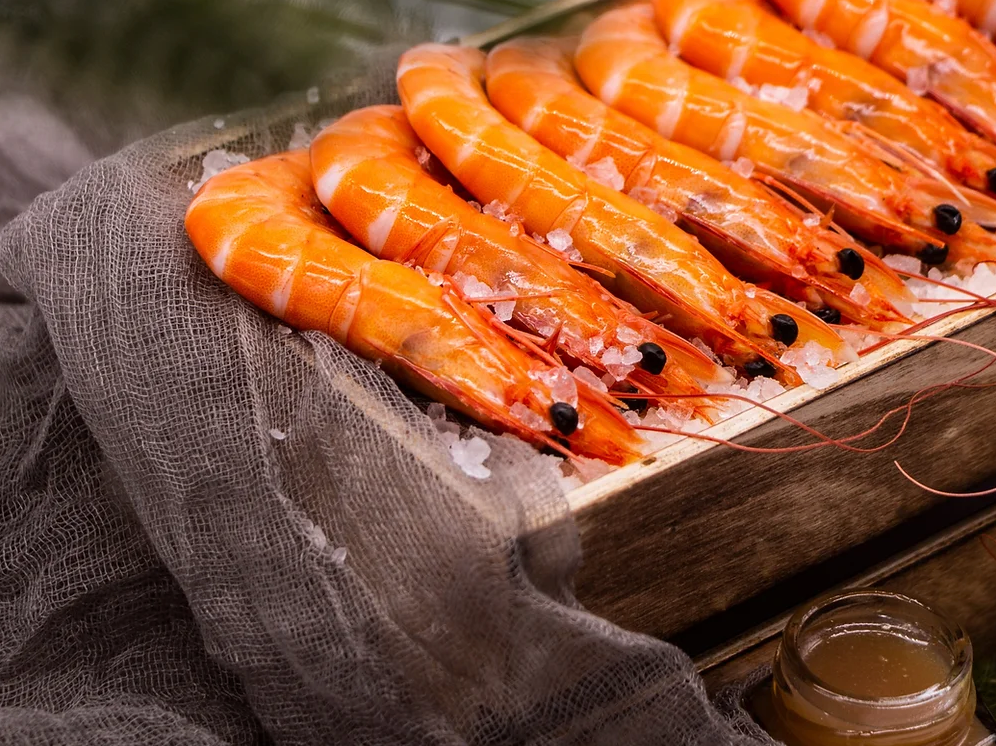Prawns come in a wide range of sizes, from tiny to colossal, depending on the species and their stage of growth. The size of a prawn can have an impact on its taste, texture, and culinary uses. Here's a bit more detail on the different size categories and their typical characteristics:
-
U/10 Under 10 Colossal (fewer than 10 prawns per pound): These prawns are the largest available and have a meaty texture. They are often used as the main ingredient in dishes or as a standout appetiser. They can be grilled, broiled, or pan-seared.
-
11/15 Jumbo (11-15 prawns per pound): Jumbo prawns have a firm texture and a rich flavor. They are versatile and can be used in a variety of dishes, including grilling, sautéing, or stir-frying.
-
16/20 Extra-large (16-20 prawns per pound): Extra-large prawns are still relatively large and are commonly used in dishes like shrimp scampi, pasta dishes, or kebabs. They can be grilled, sautéed, or steamed.
-
21/30 Large (21-30 prawns per pound): Large prawns are a popular size for a range of dishes, including shrimp cocktails, salads, and stir-fries. They are also suitable for grilling, sautéing, and baking.
-
31/40 Medium (31-40 prawns per pound ): Medium-sized prawns are perfect for dishes that require smaller, bite-sized pieces, like fried rice, pasta, or tacos. They can be sautéed, boiled, or steamed.
-
41/50 Small (41-50 prawns per pound): Small prawns are typically used in dishes where the prawn is not the main ingredient, such as soups, stews, and noodle dishes. They can be boiled, steamed, or used in a stir-fry.
-
51/60 Tiny (51-60 prawns per pound): Tiny prawns are often used in dishes where they are combined with other ingredients, like seafood salads, omelets, or quiches. They are usually boiled, steamed, or used in a stir-fry.
Regardless of size, prawns are a versatile and delicious seafood option that can be incorporated into a variety of recipes. Keep in mind that the size classifications can vary slightly depending on the specific producer, distributor, or region.

